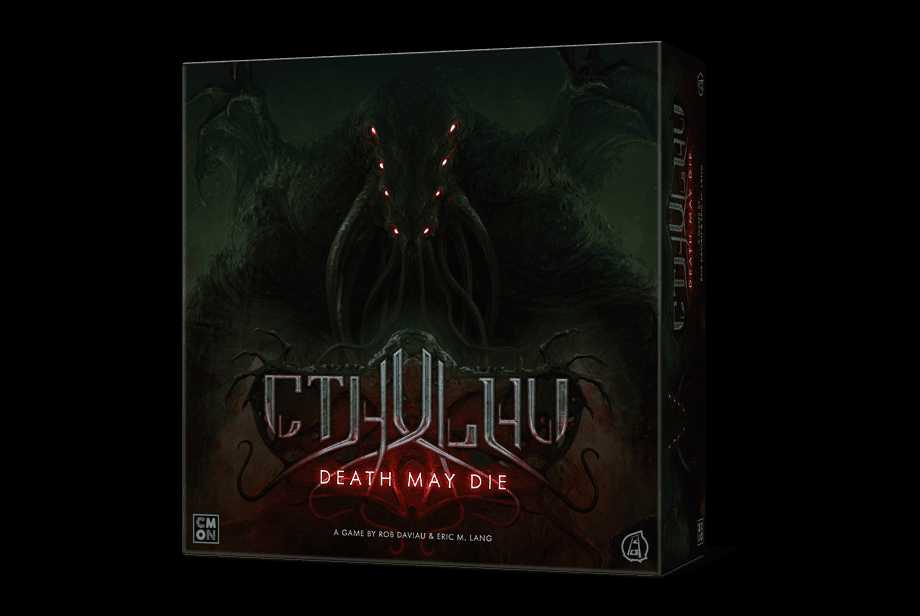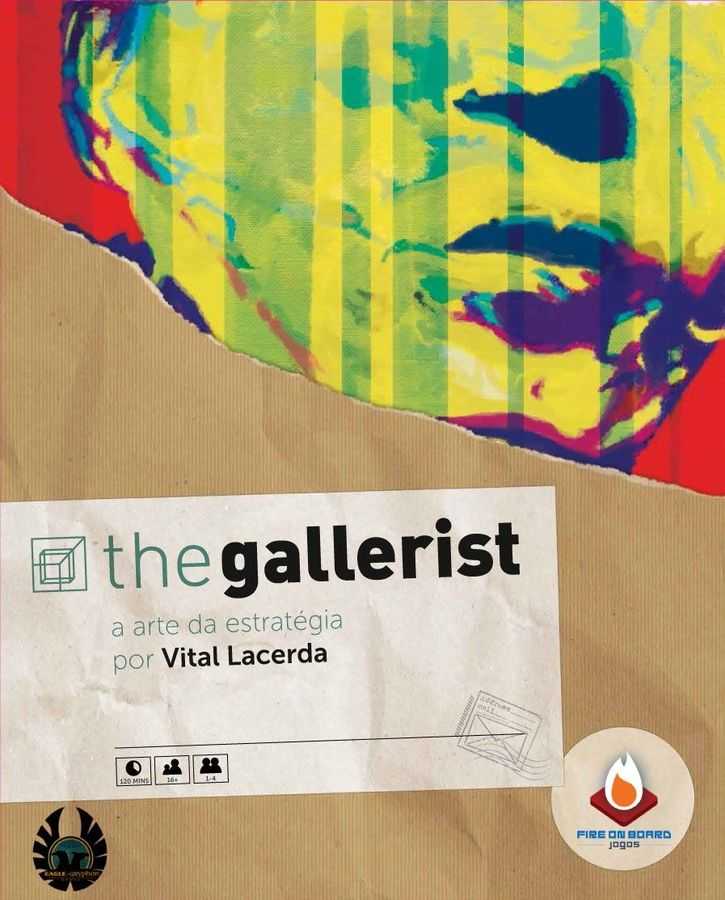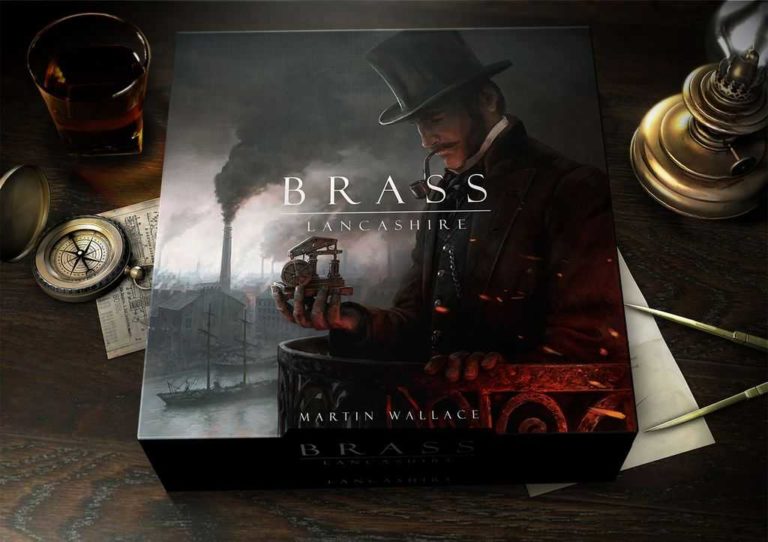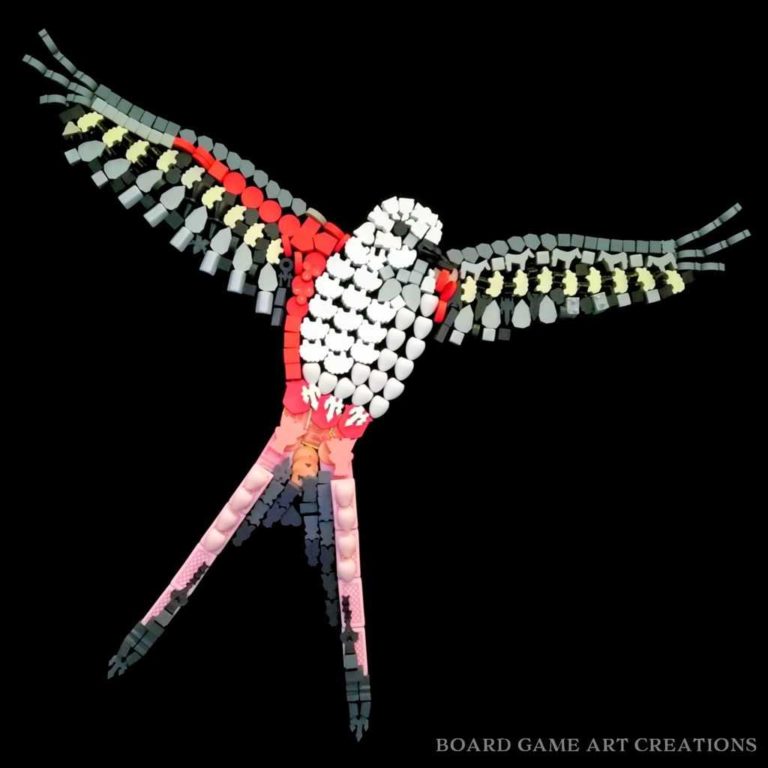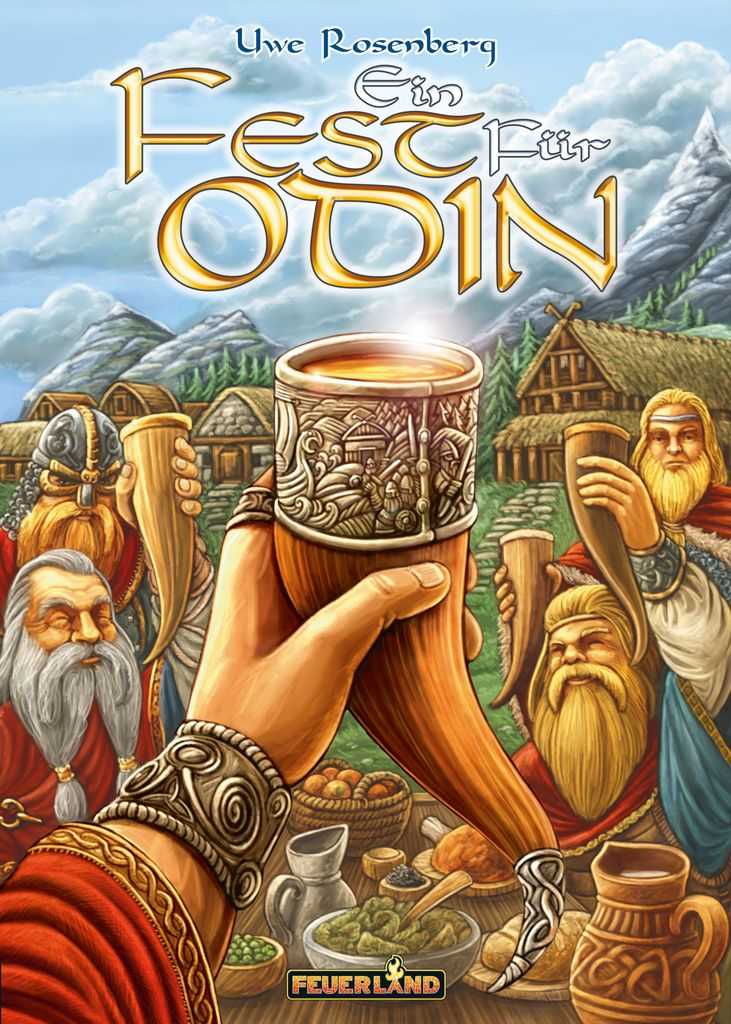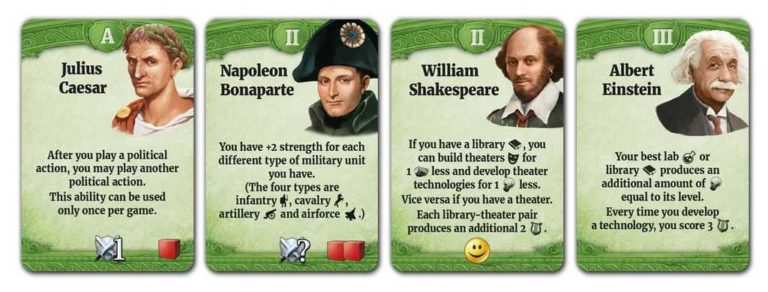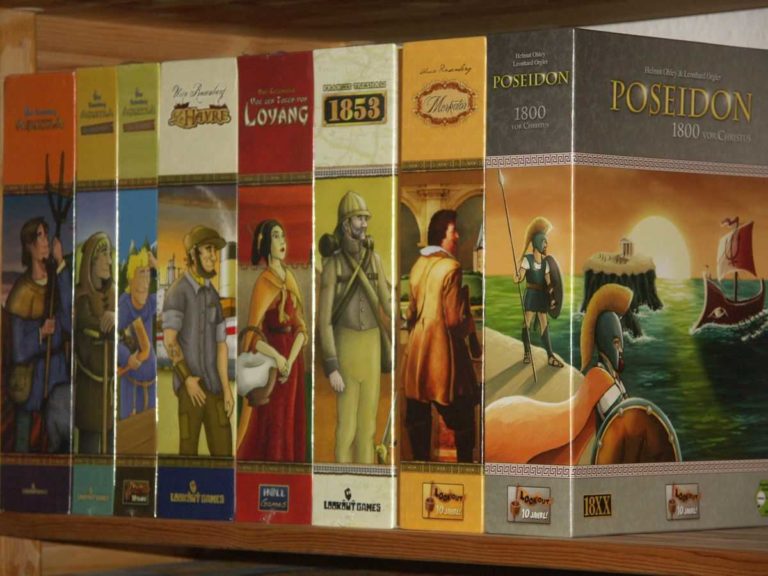Thematic Dice Fest: Cthulhu: Death May Die Review
Thematic Dice Fest: Cthulhu: Death May Die Review
Ah, Cthulhu: a name that resonates with cosmic fear and fascination in the hearts of many board game enthusiasts like myself. In this Cthulhu: Death May Die review, I’m thrilled to share with you why this particular tabletop experience has captured both my attention and that of my gaming group, becoming a centerpiece of our game nights. You see, it’s not just any game; it’s a journey into the chaotic realms of Ancient Ones and their minions, blending strategy, chance, and narrative in a way that’s both immersive and utterly compelling.
Key Points:
- Cthulhu: Death May Die is a thematic board game blending strategy, chance, and narrative.
- Players act as investigators in the 1920s, racing against time to stop Elder Gods from awakening.
- The game mechanics revolve around dice, cards, miniatures, and strategic decision-making.
- The artwork and components are detailed, immersing players in the Lovecraftian horror theme.
- The game offers cooperative gameplay dynamics, high replayability, and variable difficulty.
- Expansion packs add depth to the game with new scenarios, elder gods, and investigators.
- While challenging for beginners, Cthulhu: Death May Die offers a rewarding and immersive gaming experience.
From first crackling open the game box, through bewildering scenarios, to the unforgettable moments of triumph or hilarious defeat, this game has given us stories worth sharing. And whether you’re a newcomer curious about the buzz or a seasoned gamer weighing if this title deserves space on your shelf, I invite you to dive deep with me. Together, we’ll explore the madness, the wonder, and the sheer joy of Cthulhu: Death May Die.
Diving Into the World of Cthulhu: Death May Die
Stepping into the shoes of investigators, players face the daunting task of stopping unspeakable horrors before an Elder God awakens fully. Each session is a race against time, blending elements of horror, strategic combat, and teamwork.
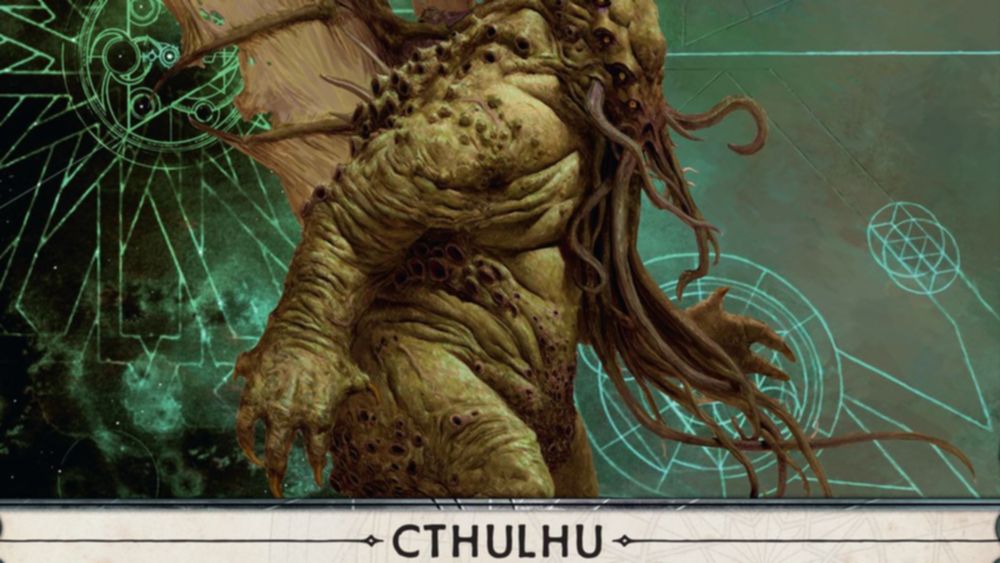
The Core Concept and Setting
At its heart, Cthulhu: Death May Die is about heroism in the face of the incomprehensible. Players take on the roles of investigators during the iconic roaring twenties, each with their own backstories and unique abilities. The setting is a rich tapestry of occult mysteries and lovecraftian motifs, making every playthrough feel like stepping into a pulp horror novel. Here’s a quick overview:
- Period: 1920s, a time of exploration and wonder, yet also of shadows and secrets.
- Location: Various, from haunted mansions to desolate ruins, each episode brings new settings to life.
- Objective: Disrupt rituals, combat eldritch beings, and prevent an Elder God from awakening.
- Tone: A mix of desperation and daring, with a significant emphasis on cooperation to withstand the horrors.
Embrace heroism and cooperation in the face of the incomprehensible while exploring occult mysteries in rich, Lovecraftian settings during the 1920s.
Unpacking the Game Mechanics
Understanding the mechanics of Cthulhu: Death May Die is key to both survival and enjoyment. At its core, the game is driven by dice – a medium through which fate unfolds. Players use them for overcoming challenges, engaging enemies, and resolving effects. Here’s a table that breaks down the essentials:
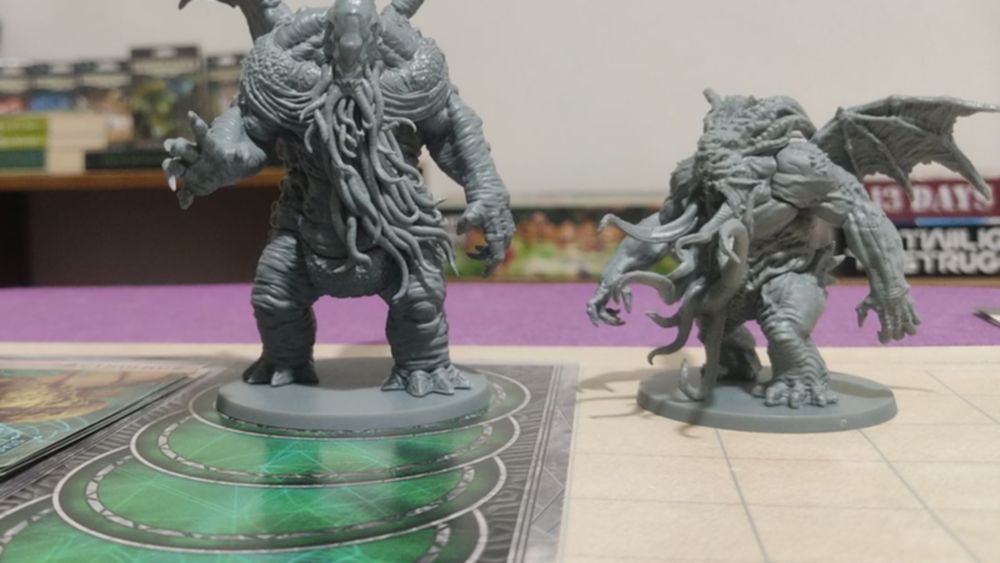
| Component | Purpose | Interaction |
|---|---|---|
| Dice | Resolve actions | Roll to determine success in combat, tests, and challenges |
| Cards | Scenario and character abilities | Draw and use for special abilities, scenario events, and mythos effects |
| Miniatures | Investigators and enemies | Move on the board to represent presence, combat, and exploration |
| Board | Game space | Provides the layout for each episode, containing spaces where actions and movement occur |
Each turn, players decide how to use their limited actions; moving, attacking, or recovering from the brink of insanity. Cooperation and strategy are vital, as the horrors escalate with every passing moment.
The Artwork and Theme Immersion
The artwork and components of Cthulhu: Death May Die are nothing short of spectacular. The board, cards, and especially the miniatures are crafted with an eye for detail that brings the Lovecraftian horror to life. There’s a gritty, dark aesthetic throughout, perfectly capturing the 1920s setting and the otherworldly terror of the Eldritch gods and their minions.
Plunging into the game, players are immediately enveloped by its immersive theme. The artwork on the cards and the story-driven scenarios weave together a narrative that makes each session feel like a chapter in a suspenseful novel. You’re not just rolling dice and moving pieces; you’re unraveling a mystery, piece by terrifying piece.
The Player Experience
Stepping into a session of Cthulhu: Death May Die, whether alone or with friends, promises an adventure where the thrill of victory is matched only by the fun of the chaos that ensues.
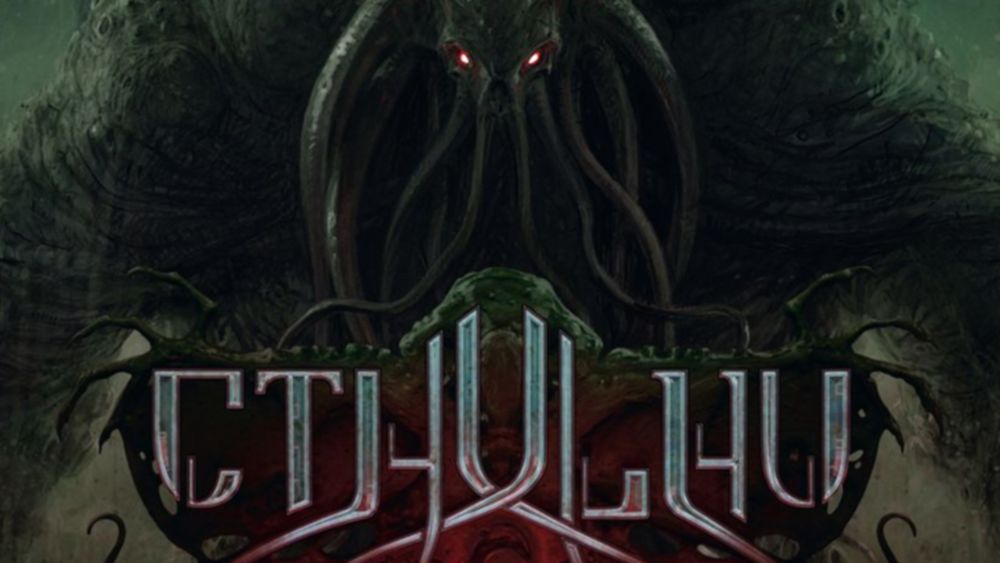
Solo vs. Cooperative Gameplay Dynamics
Playing solo offers a deep, strategic experience, allowing one to marvel at the game’s design and to face the horrors head-on. However, it’s in cooperative play that Cthulhu: Death May Die truly shines. Each player brings their distinct investigator to the table, with abilities that can turn the tide of an ever-escalating battle against all odds. Collaborating to overcome scenarios fosters not just tactical depth but memorable moments of camaraderie and heroic gambits.
Collaborating with others in cooperative play can lead to memorable moments of camaraderie and heroic gambits in Cthulhu: Death May Die.
The Challenge Curve and Replayability
Cthulhu: Death May Die stands out not only for its rich theme but also for its intriguing challenge curve and high replayability. Each episode presents a unique scenario with different elder gods, monsters, and mysteries to unravel, creating a distinctly fresh challenge every time. The game’s difficulty scales not just with the chosen scenario, but also with the actions and decisions of the players, making for a dynamic gameplay experience that feels rewarding to tackle.

Replayability in this game is further enhanced due to several factors:
- Variety of characters: Each with unique abilities, offering different strategies and synergies to explore.
- Diverse elder gods and monsters: Each game confronts players with new enemies and challenges, requiring adaptation and new tactics.
- Scenario-based episodes: Offering varied narratives that influence gameplay and decisions.
- Dice mechanics and risk management: Combining luck with strategic decision-making, ensuring each game feels unique.
These elements work together to ensure that Cthulhu: Death May Die remains engaging and challenging over multiple plays, providing a substantial value for both new players and seasoned veterans of the genre.
Components and Setup Time
The box of Cthulhu: Death May Die is a treasure trove of beautifully crafted components and miniatures that enrich the game’s theme and immersion. From the detailed figures of investigators and monstrous elder gods to the illustrated cards and tokens, every component adds depth to the Lovecraftian world. However, this abundance does come with its own caveat – set-up and teardown can be a bit of a chore, especially for newcomers to the game. Finding space for all the pieces and learning how each episode utilizes different cards and miniatures can initially extend setup time significantly. But, as you become more familiar with the game, the process becomes smoother, turning into a prelude to the adventure that awaits.
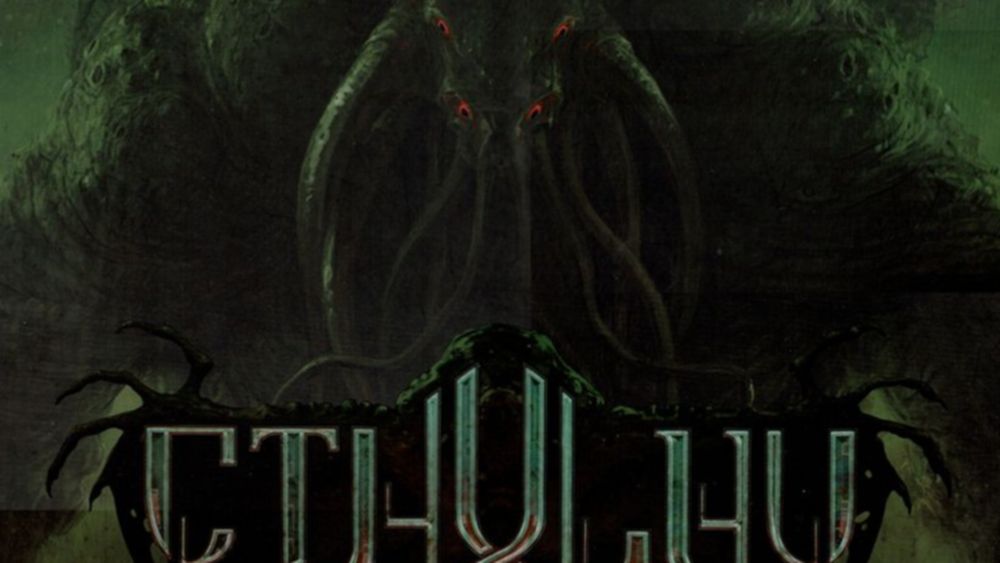
Critical Acclaim and Community Feedback
Cthulhu: Death May Die has garnered attention and praise from both the board gaming community and critics alike. Its unique take on the Lovecraftian theme, combined with engaging gameplay and high-quality components, has set it apart in a crowded field. The game’s balance between strategy, cooperative play, and dice rolling mechanics has been particularly well-received. However, it’s also faced criticism for complex setup times and replayability concerns with the base game’s content. Overall, it represents a noteworthy addition to the genre, especially for fans of thematic dice games and the Cthulhu mythos.
Highlights from Player Reviews
Player reviews of Cthulhu: Death May Die highlight a range of experiences and opinions, but some common themes emerge:
- High-quality miniatures and components that enhance the thematic experience of the game.
- A rich, immersive theme that draws players into the Lovecraftian world.
- Variable difficulty that can fluctuate based on chosen scenarios and player actions, offering a rewarding challenge to some, while others find it either too easy or too punishing.
- An interesting insanity mechanic, where the risk of insanity brings both power and peril, adding depth to strategic decisions.
These aspects underscore the game’s appeal to a wide audience, from those who appreciate the craftsmanship of the game’s physical components to those who enjoy deep, narrative-driven gameplay.

The key to Cthulhu: Death May Die’s appeal lies in its high-quality components, immersive theme, variable difficulty, and unique insanity mechanic, catering to a diverse audience looking for both craftsmanship and strategic depth in gameplay.
Comparing to Other Lovecraftian Games
Cthulhu: Death May Die distinguishes itself from other Lovecraftian board games through its focus on direct conflict with the elder gods and its unique insanity mechanic. While games like Eldritch Horror and Mansions of Madness emphasize exploration and mystery-solving, Cthulhu: Death May Die opts for a more confrontational approach, where players actively work to disrupt the summoning rituals and face off against the elder gods. This shift in focus, combined with fast-paced gameplay and streamlined mechanics, offers a distinct and refreshing take on the well-trodden paths of the Cthulhu mythos.
Expansion Packs: Adding Depth to the Madness
The expansion packs for Cthulhu: Death May Die serve to further enrich the game’s narrative and strategic depth. Here’s a brief overview of some key expansions:
| Expansion | Key Features |
|---|---|
| Season 2 | Introduces new scenarios, elder gods, and investigators, broadening gameplay possibilities |
| Black Goat | Adds a complex new elder god with unique challenges and player interactions |
| Yog-Sothoth | Offers new dimensions of play with extradimensional enemies and complex mechanics |
These expansions not only add variety and complexity to the game but also address some of the replayability concerns by introducing new challenges and strategic opportunities for players to explore.
The expansion packs for Cthulhu: Death May Die enhance gameplay with new scenarios, elder gods, and strategic challenges, increasing replay value and player engagement.
FAQs
1. Is Cthulhu: Death May Die suitable for beginners?
Considering the accessibility of Cthulhu: Death May Die for beginners, it’s manageable but presents a steep learning curve due to its intricate mechanics and deep theme. Beginners enthusiastic about delving into complex board games might find it an exciting challenge, while others could find the initial complexity a bit daunting. It strikes a balance between being thematic and detailed, which requires some investment in understanding the rules.
2. How long does a typical game last?
A typical game of Cthulhu: Death May Die usually spans between 90 to 120 minutes. This duration can vary based on the number of players, the chosen episode, and the familiarity of players with the game mechanics. It offers a substantial playtime that immerses players in a rich, thematic experience.
3. Can the game be played solo?
Yes, Cthulhu: Death May Die can indeed be played solo. While the game is designed for cooperative play, solo gamers will find it an engaging and rewarding experience, as it adapts well to single-player mechanics. This allows for in-depth exploration of the game’s scenarios and masterful manipulation of its characters and their abilities.
4. Are the expansions necessary for the full experience?
The expansions for Cthulhu: Death May Die are not necessary for the full gaming experience but they add significant depth and variety. Each expansion introduces new characters, Elder Gods, and scenarios that provide fresh challenges and strategic options. Players will find the base game offers plenty of replayability, but the expansions can enhance the game world and extend the life of the game.
Conclusion
Reflecting on this Cthulhu: Death May Die review, it’s clear that the game delivers a compelling blend of strategy, thematic depth, and beautiful components that can captivate both seasoned gamers and those newer to the board gaming scene willing to embrace its complexity. From the intricately designed miniatures to the engaging gameplay mechanics and the rich Lovecraftian theme, each element plays a part in crafting an immersive and memorable gaming experience. While the game might have its challenging aspects and steep learning curve for beginners, its strategic depth, replayability, and beautiful art and components make it a standout title in the board gaming world. Whether you’re combating the Eldritch horrors solo or with friends, Cthulhu: Death May Die offers a thematic dice fest that’s sure to entertain and challenge. Remember, the world of board gaming is vast and full of wonders; may your dice roll ever in your favor. Until the next game, this is Lucas signing off.
This article uses material from BoardGameGeek and is licensed under the Creative Commons Attribution-Share Alike License.

